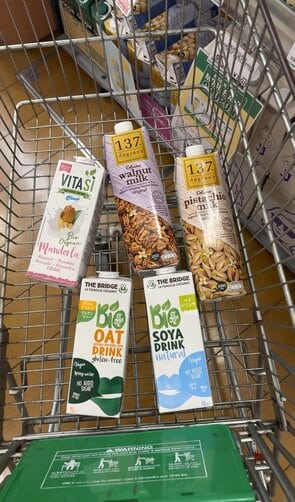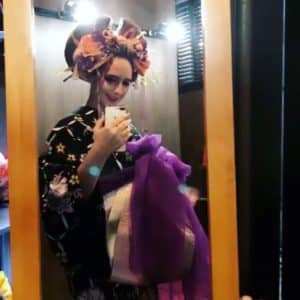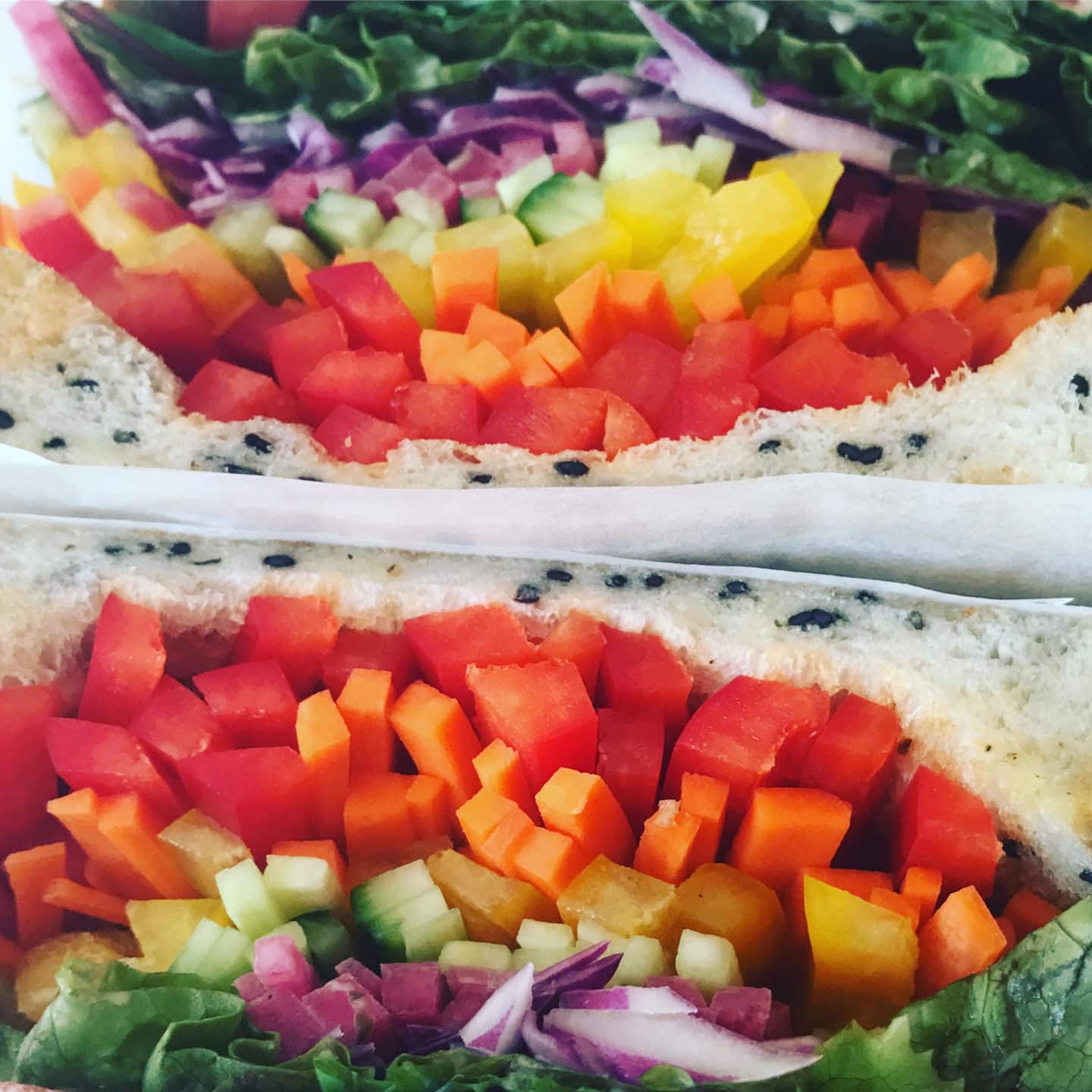
I have many blog posts on different dietary requirements in Japan here ( including translated explanations and phrases in English and Japanese.)
I also have a very detailed blog post for those with severe allergies who are travelling to Japan.
If you’re vegetarian, pescetarian, gluten-free or vegan it can be easy to get really frustrated in Japan when dining out. Trust me… I know. I was vegetarian for almost 8 years and now I am pescetarian (which is quite a bit easier here, I must admit.)
However, I think it might be helpful to point out that being vegetarian is the hardest choice while you are in Japan.
Why is it hard to be vegetarian in Japan?
1. The “lost in translation” element
I gave some language advice in this blog post here but, still, outside of the cities there is room for error (and, for this reason, I recommend using the Happy Cow app and going completely vegan if the idea of meat products really isn’t for you.)
I recommend printing out some phrases from this blog post of mine here to make it all a bit easier from a communication side of things.
I do have some very specific instructions on how to order a vegetarian version of okonomiyaki here.
2. The general misunderstanding element
Harder than the language barrier is the lack of understanding on what it means to be vegetarian in Japan. You can literally ask someone “is this vegetarian?” and they will say “yes” and then be handed a slice of Quiche Lorraine. It is not because that person doesn’t care about your needs – they just really don’t understand what it means (even more so when you are outside of Tokyo, Kyoto and Osaka.)
I can’t find it right now but I have told this story before (sorry if you’ve already read it!) but I went through the whole explanation of what I can and can’t eat with my host family once. It was a long detailed conversation using electronic dictionaries and everything. When we finished? My host mum turned around and said “but what about a little ham?” …… (!!!)………
Please try not to get too frustrated. Although Japanese monks used to be completely vegan the notion is now so uncommon that many Japanese people have never met true vegetarians or vegans. That being said – it can often make chefs and hospitality staff feel a bit ‘hassled’……. but not for the reasons that you think…. It’s almost ALWAYS because Japanese people are just so accommodating and keen to ensure a customer’s true happiness and satisfaction* that they are suddenly caught off-guard. It is possible but it does require an explanation, restaurant selection/research and patience from both sides.
If possible, best to let restaurants know, in advance, that you cannot eat meat or meat products (and best to say that you CAN eat dairy and eggs etc.) Warning: some restaurants will tell you they cannot help you – but it is best to know in advance. (Like I said above, if this happens, it can be easier to look for the vegan restaurants and cafes instead. If you can’t allow for any mistakes or accidents along the way – best to go full vegan.
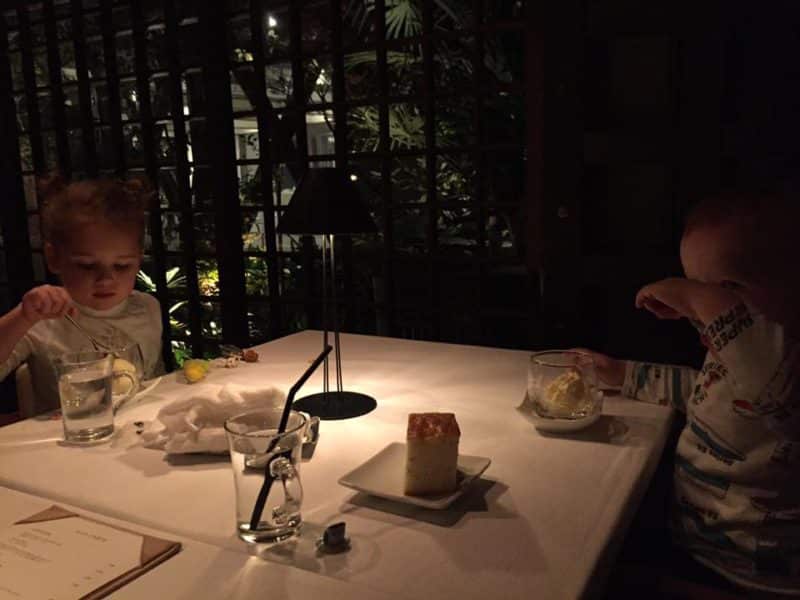
Another way to give yourself ultimate flexibility with all of your own ingredients is to dine out at places where you cook your own meal at the table or it is cooked right in front of you. My suggestions include:
– Shabu-Shabu and Sukiyaki hot pot restaurants (especially as chains like Momo Paradise, Nabezo or Syabu-yo have all you can eat veg, salad, tofu and rice.

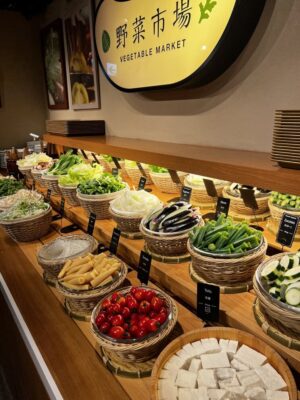
–Teppanyaki
–Yakiniku (I know, it sounds crazy as it is a bbq’d meat joint but it also means you can choose what goes on your own grill and you can make yourself a mountain of grilled veg)
-Okonomiyaki
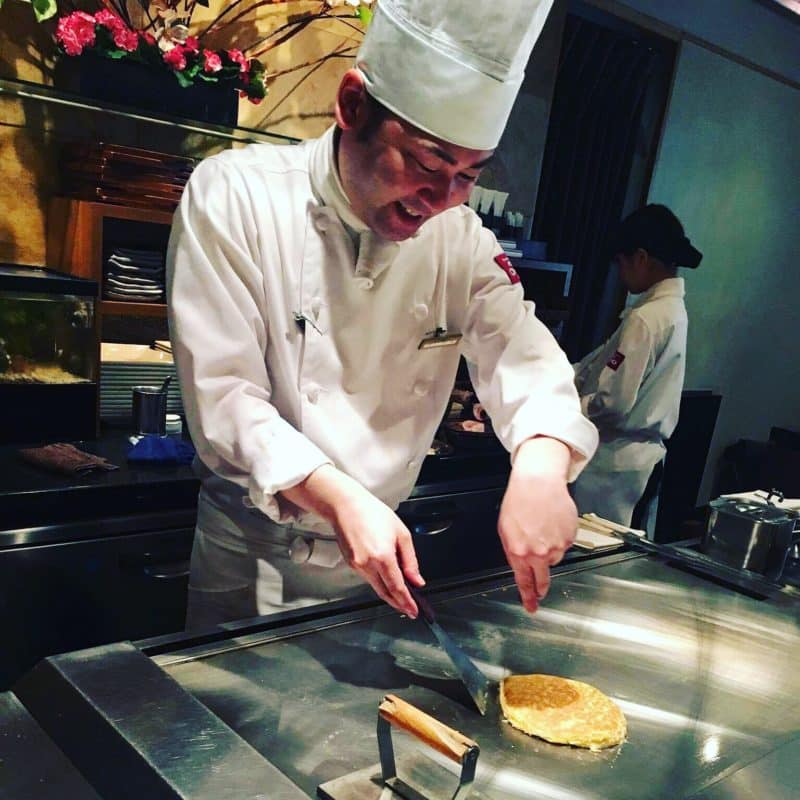
-Indian restaurants have FABULOUS vegetarian options. See my Shibuya with kids post for an amazing all you can eat indian restaurant.
-Fast food options like Subway or salad spots like Green Bros where you can watch what goes into your meal
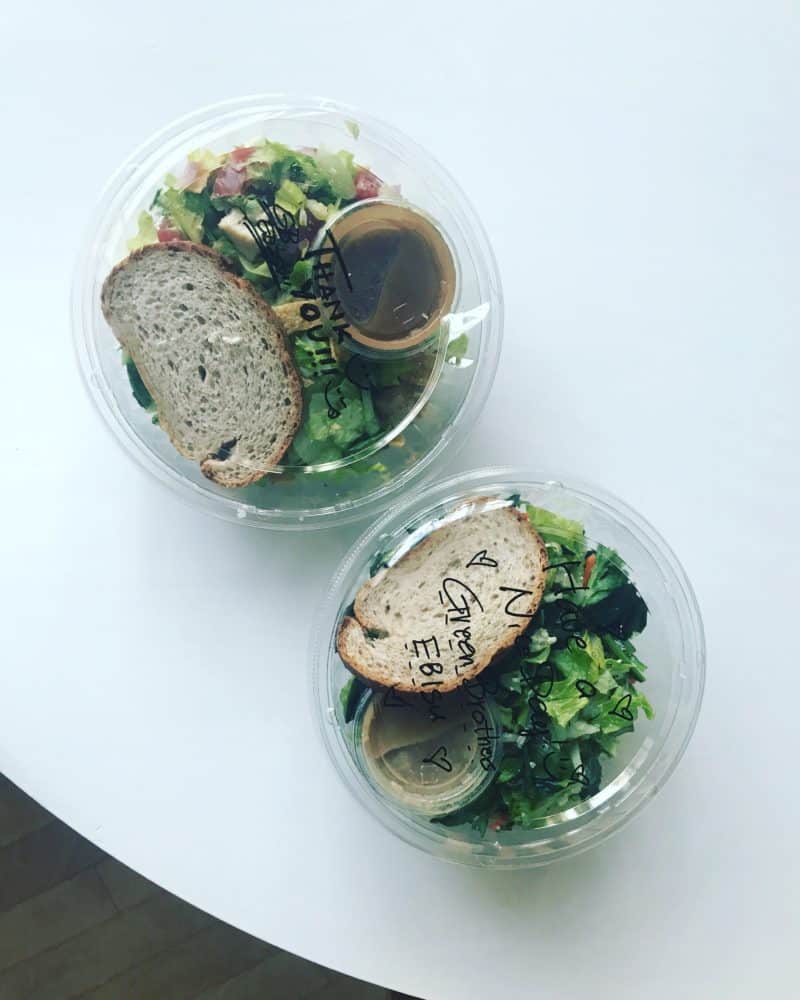
-Restaurants like Gluten Free T’s that really understand allergies and dietary requirements well (there are Gluten Free T restaurants in Ueno, Tokyo Station and Narita, for example) Teppan Baby in Shinjuku is also excellent at this.
-Buffet restaurants like Sizzler have great “make your own salads” sections
-Vegan restaurants (I have many of my favourite suggestions in my area guides eg. Kyoto with kids ) or found by using the Happy Cow app.
Please note that you will have even more choices again if you can speak some Japanese and/or you are okay with fish stock (called “dashi” in Japanese.) If you can eat dashi, you will be able to dine at Tofu restaurants such as Tofu Ukai next to Tokyo Tower. or tofu restaurant chain UmenoHana ((I have pics and details re: Umenohana in Aoyama here.)
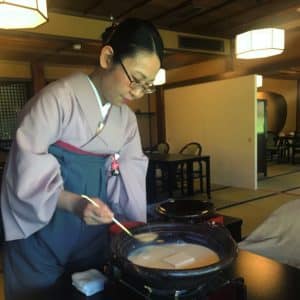
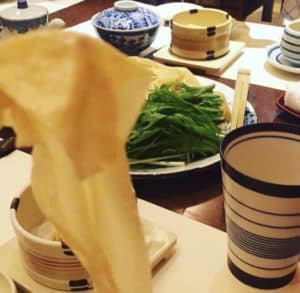
I think it is worth noting that the “blue green” range of items at Family Mart convenience stores in Japan are NOT strictly vegan – if you you google translate you will see “may contain animal products.”
3. Meat included in items is not always disclosed (and even harder again when you don’t speak Japanese)
And I don’t just mean in stock. Even in convenience stores in Japan, the salad label may say “tofu and vegetable salad” but that doesn’t mean there isn’t shredded chicken in the bottom. So please check check check. Get out that Google Translate before you buy.
Even a few weeks ago I bought a vegetable bread at a bakery in Shinjuku and there was just a little piece of sausage plonked on there too.

I have had similar issues at the Muji Cafe where a tofu burger was actually made with chicken.
So, just to clarify..why are vegan restaurants easier then?
Because vegan restaurants only serve, of course. So there is zero risk of contamination (if that is a concern for you, of course.) But there isn’t such a thing as a “vegetarian restaurant” in Japan and it’s very hard to walk into any old restaurant and expect that they will be able to do a meat free option of something (without letting them know in advance and without the reassurance that they will actually know what it means to be vegetarian- like I mention above.)
If a restaurant can cater to vegans then they will also be able to cater to vegetarians.
EXTRA TIP: I don’t recommend assuming that a product you always eat at home is the same in Japan. It might be prepared differently or stored differently.
For example : The fries at McDonalds in Australia are vegan (McDonalds doesn’t market them this way as they cannot guarantee that there will not be any cross contamination) but in Japan they are not as they are cooked in a blend of beef fat and palm oil.
Another example? Starbucks Japan often has limited edition soy milk lattes – if you can read the small print or ask – you will find that these almost always still contain dairy products. Just because it says “soy latte” – it doesn’t mean “ONLY soy.”
I speak about this more in my article about travelling in Japan with severe allergies.
Vegan options at Japanese Starbucks include:
(Always need to double check in case they have changed the recipe at all, of course)
-the Sugar Donut
-the Mushroom Keema Curry Hot Tortilla
-the Banana Rice Flour Muffin
-the Blueberry Bagel Sandwich
See here for translations to show to Japanese hospitality workers to help you get your dietary requirements across more easily.
Here is my advice for those travelling to Japan with severe allergies.
If you would like to have vegan products including different types of milk delivered anywhere in Japan, I recommend going to the National Azabu website. This international supermarket is located in Hiroo, Tokyo (you can also, of course, visit in person). You can also order online and have them deliver groceries to you if you are staying in Minato-ku, Tokyo (aka the Minato ward, Tokyo) OR you can have these items delivered anywhere in Japan using the Yamato delivery service (price is from 1200 yen per box of food delivered.) National Azabu in Tokyo stocks almond milk, oat milk, walnut milk, soy milk as well as pistachio milk. Here is my general advice on buying different types of milk in Japan.
